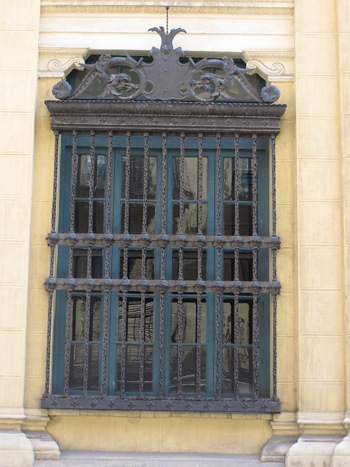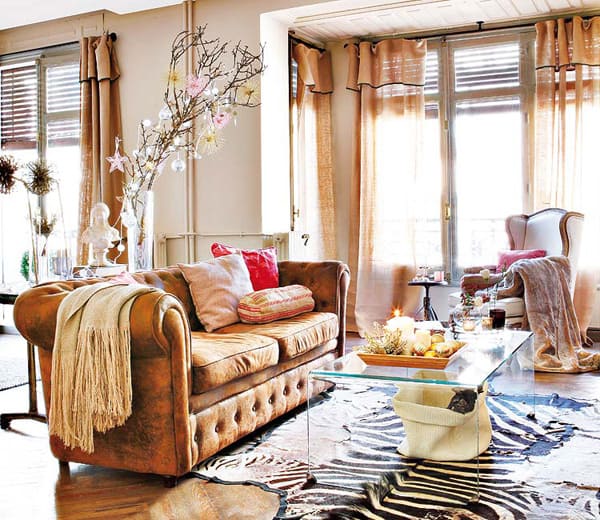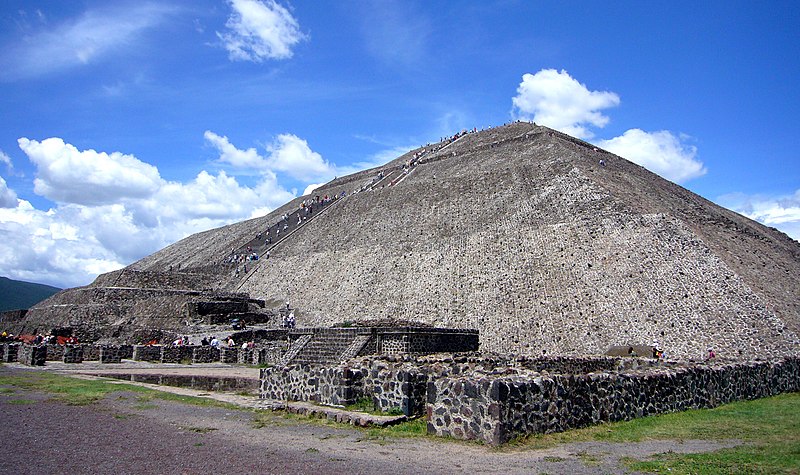During the Spanish Renaissance is where we really started seeing residential design. Interior design during this era was influenced by the Moorish design. One of the most iconic elements during this period is the Iron Grilles in widows. Even today, we can still appreciate this features in Spain and many other parts of the world

Another very important feature during this was the use of leather and wood in their furniture. During this era the use and design of furniture really improved a lot. Cabinets were carved and painted. Inlay work was Spain's finest artistic achievements. The use of bone, ivory and wood pieces was very popular in this type of work

One of the reasons why there was an abruptly use of gold and precious stones during this era was because of the Spanish conquer over Latin America, the Spaniards started bringing all these materials back to their country
CURRENT APPLICATIONS:
Modern interior design inspired from Spanish Renaissance, in this picture we can appreciate the adorned ceilings, the earthy neutral tones, and the use of leather in the furniture

Plasteresco found in the Collegio de San Gregorio de Valladolid in Valladolid, Spain

Classic Spanish Renaissance inspired garden table. The table and chairs are very similar to what it was used in that era. The use of wood and the carvings in these furniture are very Spanish-Renaissance like
FROM PAIGE'S BLOG: Paige also mentioned the use of railings, decorative nails and the window grilles. I really liked all the modern application images she used. The second picture she used is very Spanish inspired.
FROM RACHEL'S BLOG: Rachel mentioned the how many cathedrals and churches were inspired from the Gothic period, she also mentioned the use of leather and wood on many furniture pieces.









